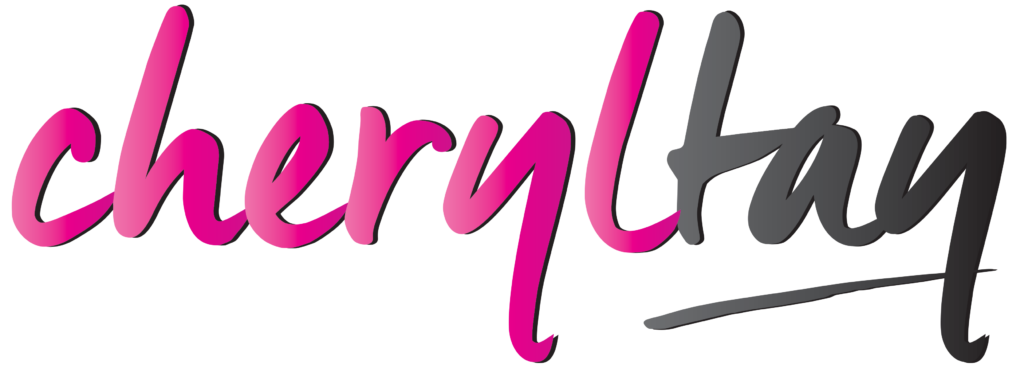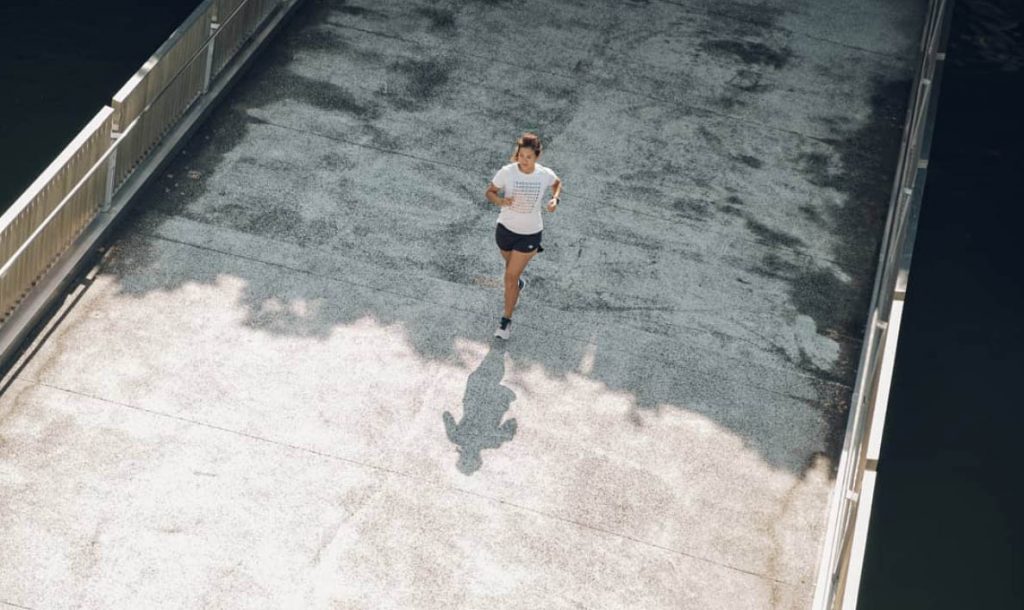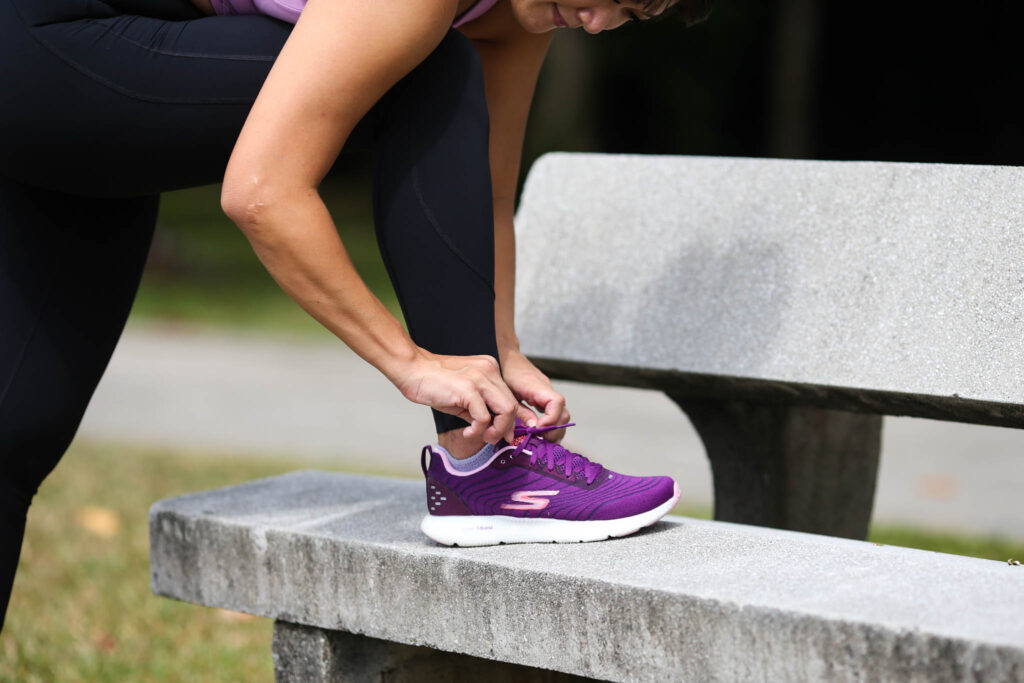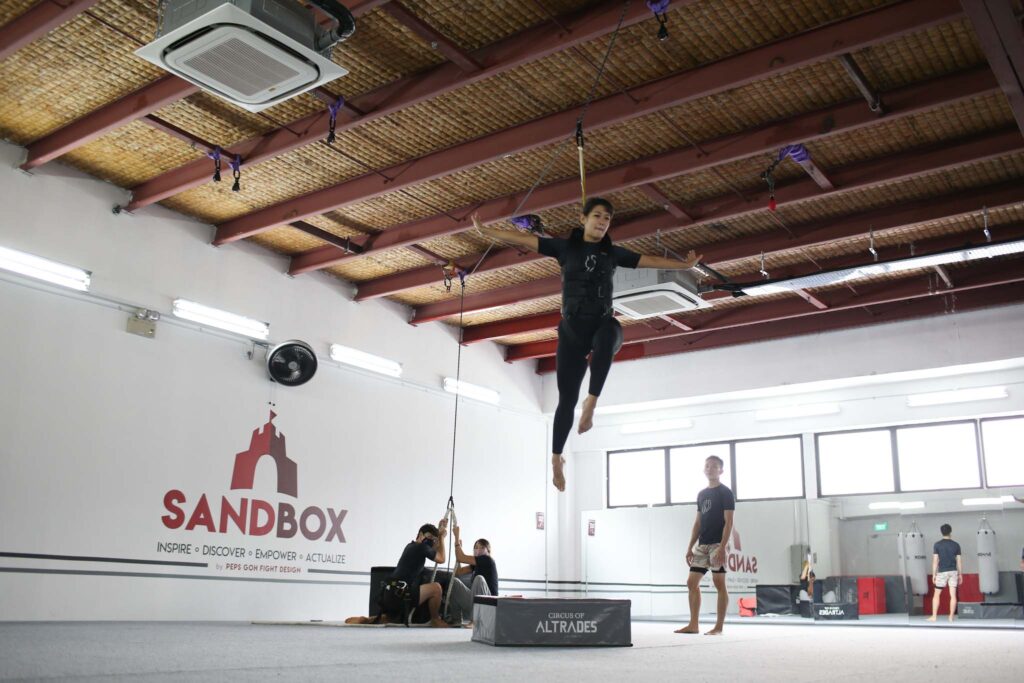One of an athlete’s worst fears is getting injured, because it disrupts training and affects progress. Unfortunately, sometimes injury strikes and we are forced to work around it. If you do get injured, focus on recovering and stop training if you have to. Do your rehab and get back on your feet asap, instead of worsening the injury and taking longer to recover.
During my last block of training leading up to Ironman Malaysia, I was struck with plantar fasciitis. This is one of the most common causes of heel pain. Occasionally I would get a pain in the heel but it would go away, so I didn’t think too much about it. After I sprained my ankle at IM 70.3 Cebu though, I realised the pain started to get worse.
It would hurt for the first few minutes into the run, then once I’ve warmed up, the pain will go away… until I stop, then it will come back again even when walking. I simply tolerated the pain and continued to train, but it got to a point where it was too painful. It was a sharp stabbing pain and I felt like I was running over a piece of rock stuck into my heel. It also hurt a lot in the morning when you wake up and your heels first touch the cold hard floor. That’s when I said to myself that this cannot carry on and I better stop.
At the same time, my right heel started to hurt in the exact same spot too – probably because I was compensating for the left. URGH!! So I was having plantar fasciitis in BOTH FEET!! How annoying.
Plantar fasciitis is the inflammation of the thick band tissue from the bottom of your foot that connects your heel bone to your toes (plantar fascia). There are many things that could have caused it – running style (I’m a heel striker), increased training mileage, tight muscles (especially the calves), weak ankles (I sprained the left ankle), type of terrain (I’m mostly running on concrete), wrong type of shoes, etc.
The first thing I did was to stop running completely for three weeks. This sucks because I was in a crucial block of training for the Ironman, but it was better to try and get it healed within a few weeks, rather than make it worse and sit out for a few months.
After the three weeks of no running, the pain reduced considerably and I’ve managed to start running again (slow and short distances though). There is still a soreness when I touch my heels now, but at least I don’t feel pain when I run anymore.
I thought I would share what I did, and am still doing, that helped with my plantar fasciitis. These are what I did for myself, and may or may not work for you. There are many other treatment options out there too!
TREATMENT
1) Shockwave Therapy
Shockwave therapy is a non-invasive treatment where low energy acoustic wave pulsations are directly applied to the injured area via a gel medium. The intensity and frequency of the pulsations can be adjusted, depending on how much you can take. This only takes a few minutes but you can’t do it too often. I did this once a week at Forte Physio. It can cause some discomfort, so you just have to feedback to the physiotherapist and he will adjust for you accordingly. I heard from friends that not every physio clinic has a shockwave machine btw.
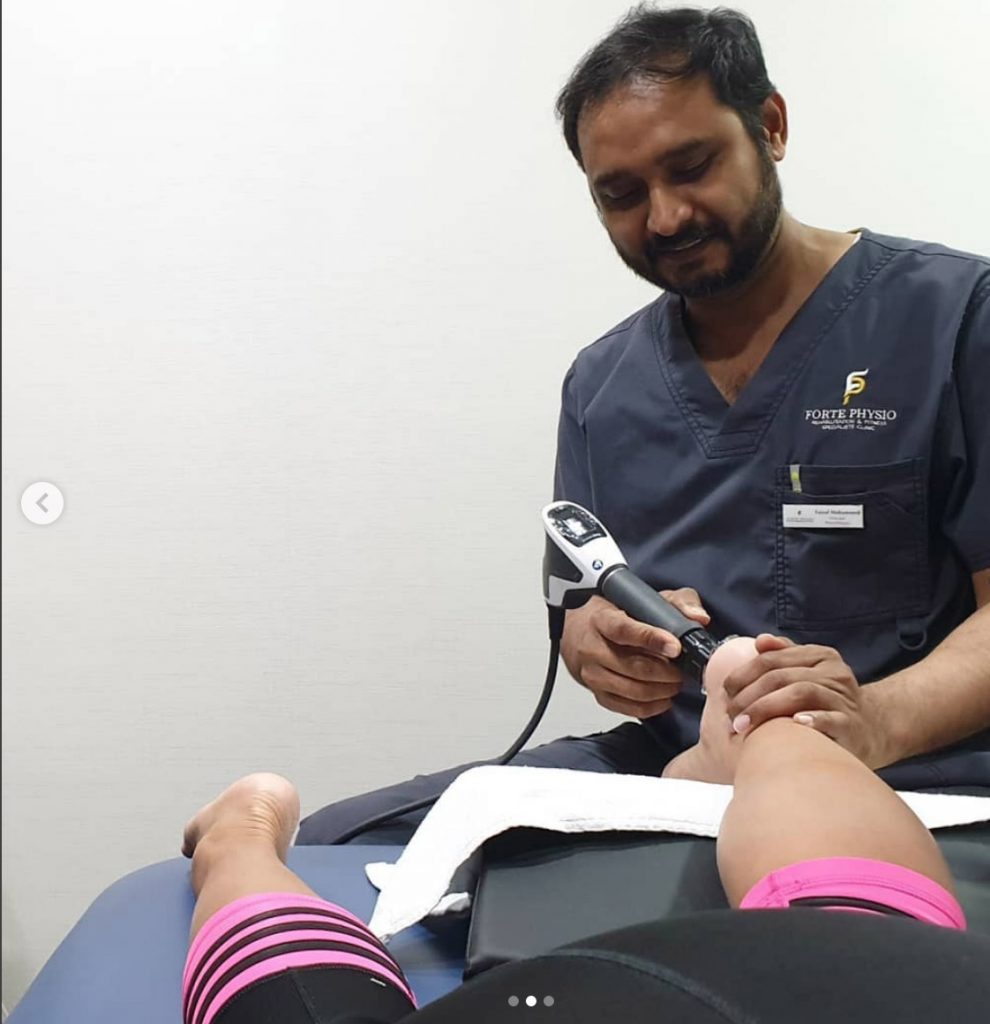
The purpose of this treatment is to trigger your body’s own healing response, thus the injured area will feel sore for a few days after.
2) Ultrasound Therapy
This is a complementary treatment to the shockwave therapy. I would do ultrasound therapy twice a week, once immediately after the shockwave therapy, also at Forte Physio. Similar to how shockwave therapy works, ultrasound therapy sends sound waves into the injured area via a gel medium too. This is completely painless and only take a couple of minutes.
3) Physiotherapy / Rehabilitation Exercises
The physiotherapist identified my weak areas, such as having to open up my hip and strengthen my ankles. He/she will then prescribe you with a list of exercises to do. These will take time and are not instant pain relief solutions. The exercises ideally should be done everyday, like “homework” for your injury.
4) Acupuncture
I am a strong believer in TCM, so I also did acupuncture once a week. The needles were not targeted directly at the injured heel areas, but at my ankles, calves and knees. Acupuncture involves having these thin needles inserted into your skin at specific points on the body (known as acupoints) for about 10-20 minutes. It may hurt a little when the needle is being inserted and when it’s taken out. The Chinese believes that this helps to balance the ‘qi’ (flow) in your body and clear any blocked pathways of the ‘qi’, hence relieving the pain.
MAINTENANCE
1) Stretching
This is something that I’m terrible at (sheepishly sticks tongue out here). We often jump right into our workout without warming up or cooling down properly and we get away with it… but not for long though. It will catch up to you! My calves are exceptionally tight so I’ve been trying to stretch them as much as I can; while waiting in line, before sleep, after cycling etc. There will never be a thing as too much stretching so just keep doing it!
2) Foam Rolling (Myofascial Release)
Ah… another thing that I’m terrible at. This is majorly important in helping to release tightness and should be done everyday. It will hurt, especially at the sore areas like the quads, ITB, calves… but again, it will help tremendously.
3) Icing
I froze 100 Plus and Coca-Cola bottles in the freezer and would use them to ice my heels. I chose to use these bottles because of their shape where the arch of the foot perfectly fits over the bottle. I didn’t ice so much during the three weeks of no running. When I was tolerating the pain before, and also when I started running again after the break… that was when I iced, usually after the run.
4) Sports Massage
These deep tissue sports massages hurt, but they are so necessary. You will feel “lighter” and more relaxed the next day! They are nothing like your massages at the spa – be prepared for lots of yelping and screaming. Don’t say I didn’t warn you!
5) Yoga
I am not big on yoga, but I know it is very, very useful. It helps to strengthen your smaller muscle groups and also helps to open up your tight areas. Go for the gentle flow, yin yoga, restorative yoga kinds… those that involve a lot of stretching and not getting into any upside down poses. I am aiming to do this once a week! (Keyword: aiming, LOL)
6) Ointment + koyok
These were given to me by the Chinese physician. Every night before I sleep I will apply some balm and then stick the koyok onto my heels. Call me weird, but I like the smell!
PREVENTION
1) Insoles
I was told to get insoles to replace the ones in your running shoes for additional support. This brand Superfeet has a specific insole for plantar fasciitis so I got that – S$105 at Campers Corner or you can buy online if you don’t need it urgently. It has Vibram foam and carbon-fibre reinforced support as well as a heel stabiliser, and the support is amazing! I felt almost no pain when I ran!! My heels were still sore after the run, but at least there is less pain when I’m running now.
By the way, you can go to a foot doctor / podiatrist to make custom insoles too, but that’s not a cheap option.
2) Rotate running shoes
If you’ve only been using one type of running shoe (eg. the same brand and same model) for a long time, I would suggest you try a different shoe or switch to different shoes from time to time. Running in the same shoe will make your body get used to it and will start to compensate for muscle imbalances, thus possibly exacerbating your running form flaws and causing pain.
3) Work on running form
I did a comprehensive run analysis with Runity earlier this year, so I know where my shortcomings in my running style are. I have to admit I haven’t been the most diligent with correcting my form, which is probably one of the factors that led to my plantar fasciitis. But this is definitely an area to be worked on and it will take time, to prevent other injuries!
4) Taping
I bought KT Tape and used it to tape my heels for a while. This kinesiology tape helps to provide better support to your arch and reduce pressure on the plantar fascia, so that you feel less pain. You can watch the video tutorial on how to tape for plantar fasciitis here. To be honest I didn’t feel like this helped a lot; the insoles were better.
ALTERNATIVE TRAINING
If you are unable to run, these are some other alternatives you can do:
1) Elliptical Trainer
This can actually be very tiring! It takes away pressure from the foot, yet mimics the way you run. I held onto the moveable handles and ended up getting aches in my biceps though, LOL!
2) Aqua Running
This is basically deepwater running where you have this floatation belt around your waist and then you move your arms and legs in a running motion in the water, without your feet touching the ground. It is actually a form of resistance training and can be bloody tiring. I didn’t do any aqua running, but this is something you can try.
3) Alter G
This is an anti-gravity treadmill that you probably only can find in certain physio or rehab clinics. I didn’t get to try it, but I thought this is quite interesting. Alter G uses air pressure to “unweight” you and then you get zipped inside the chamber (like a bubble) to allow the lower body to be supported by the air pressure. So in a way, you are running on air!
OTHER TIPS
1) Stop wearing slippers
A few people gave me this advice – STOP WEARING FLIP FLOPS. Slippers are flat and flimsy, hence providing no support and may worsen your plantar fasciitis. If you really like to wear slippers though, you can get the orthotic ones which give arch support and has a firm heel cup.
MEDICATION
Some people asked if I took any medication. At one point when it got really painful, I took arcoxia but only for three days just to help reduce some of the inflammation. I don’t like depending on medication so I didn’t want to end up relying on these, but rather work on the rehab.
If you are reading this because you are suffering from plantar fasciitis, then I really hope you can find something that will help you feel better soon. It sucks to walk around in pain and not be able to run! Let me know if there are other treatments or methods that can help too.
